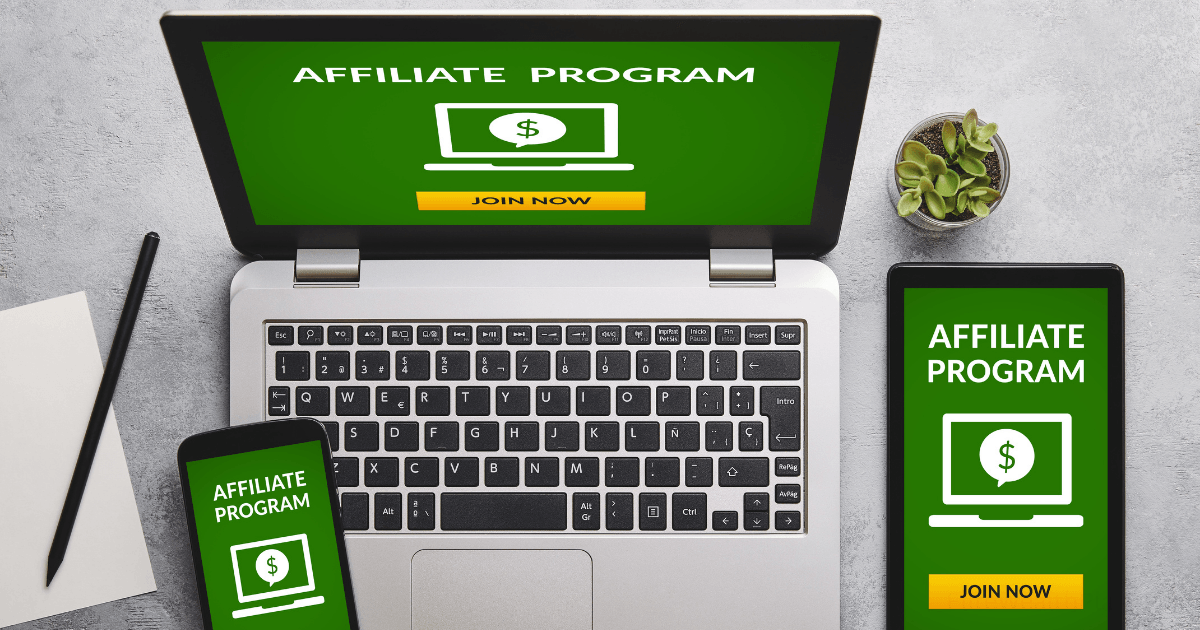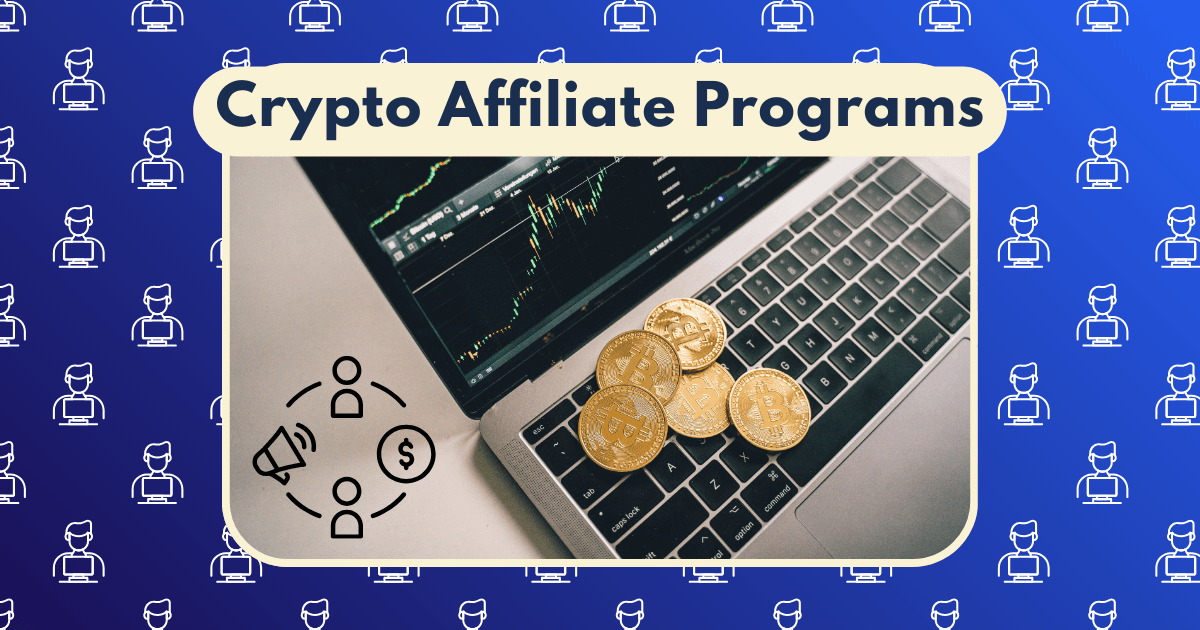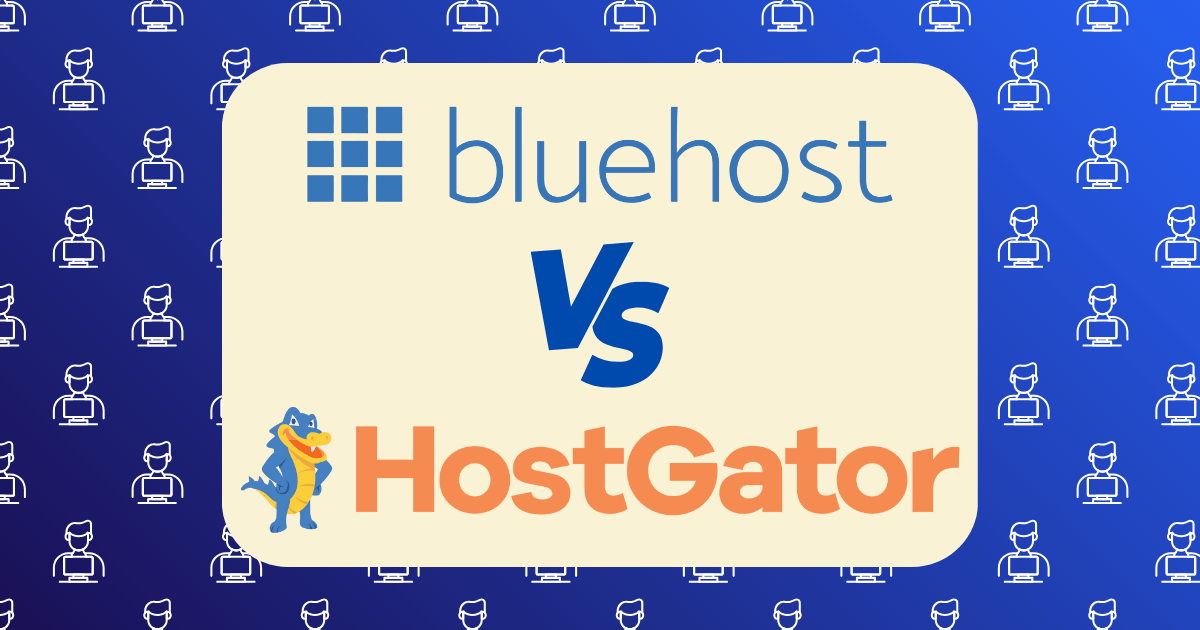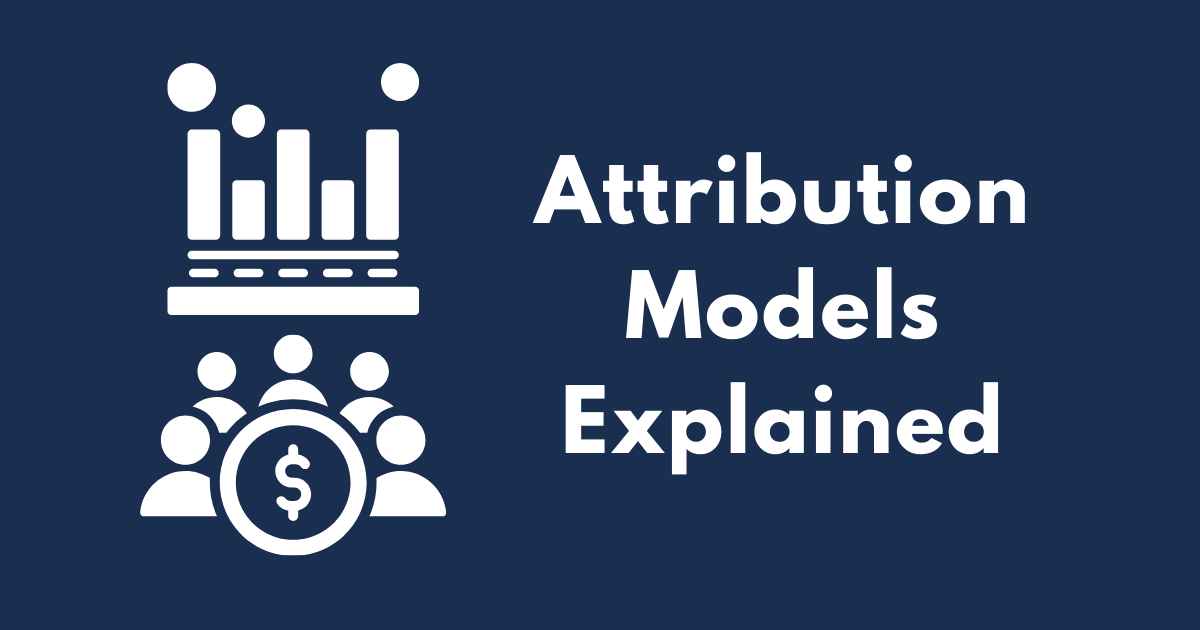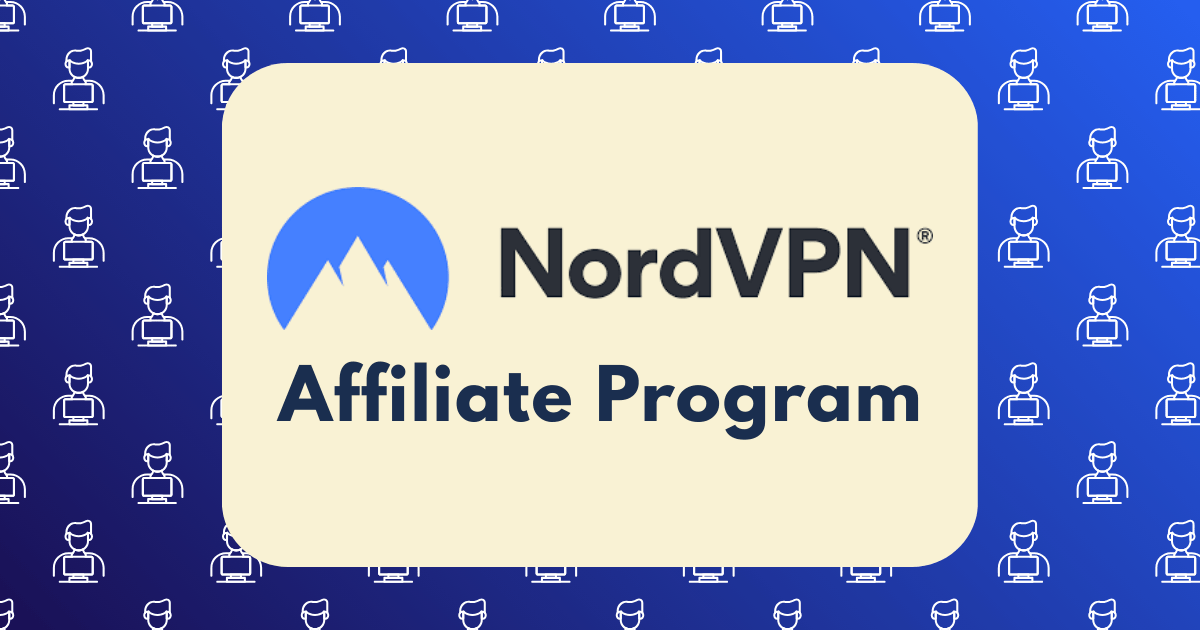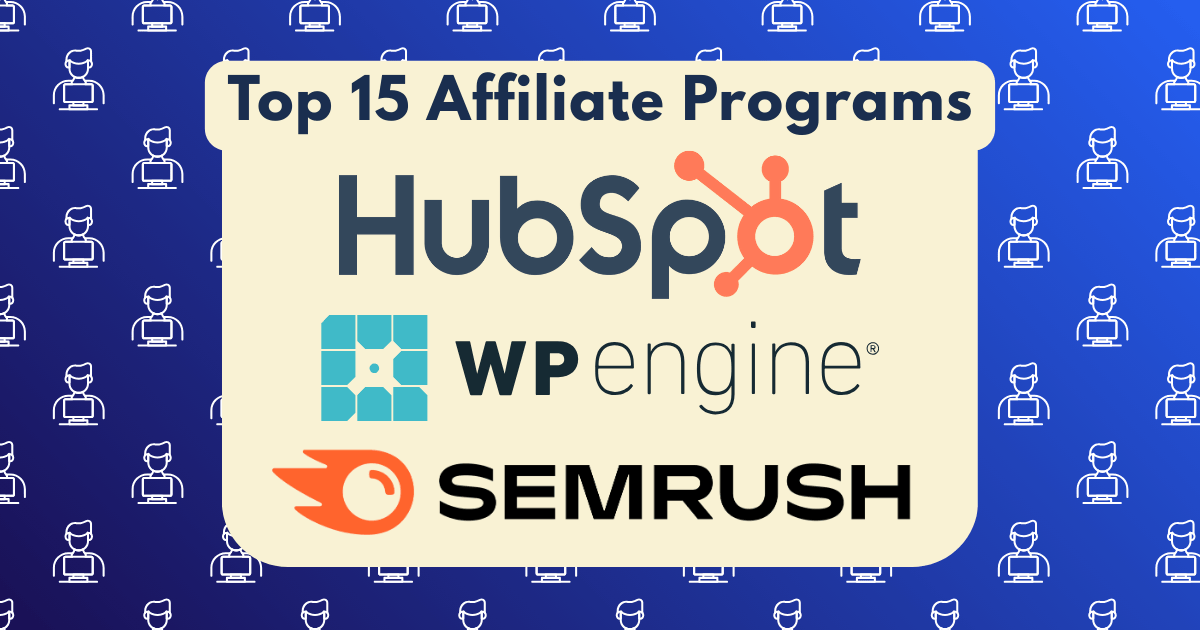SEMrush Affiliate Program: How I Made $2,000 in One Month With a Small Audience
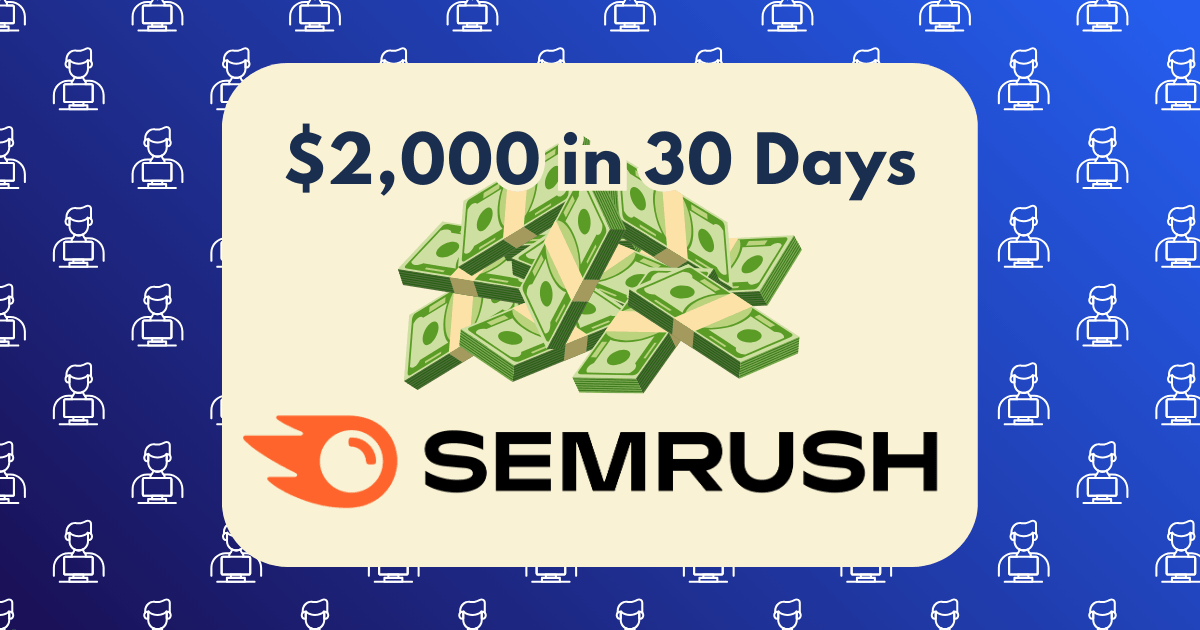
“You need a massive audience to make real money with affiliate marketing.”
That’s the lie I believed for years. Until last month, when I generated $2,000 promoting SEMrush with an email list of just 1,200 people and a blog that gets under 8,000 monthly visitors.
In this post, I’m pulling back the curtain on exactly how I did it—no fluff, no theory, just the actionable strategy that finally clicked after months of mediocre results.
Why SEMrush’s Affiliate Program Caught My Attention
Before diving into my strategy, let’s talk about why I chose SEMrush over dozens of other affiliate programs.
The SEMrush affiliate program (also known as BeRush) offers some serious advantages:
- High commission rate: $200 per sale and $10 per trial activation
- Extended cookie duration: 120 days (compared to Amazon’s measly 24 hours)
- Recurring value: Customers tend to stick around, providing long-term value
- Quality product: It’s genuinely useful, making it easier to promote with integrity
But the real clincher? Unlike many programs that pay pennies, just10sales through SEMrush equals $2,000. That math made sense for my small but engaged audience.
My Audience: Small But Mighty
Let’s be clear about what “small audience” means in my case:
- Email list: 1,213 subscribers (mostly small business owners and freelancers)
- Blog traffic: ~7,800 monthly visitors
- YouTube channel: 2,340 subscribers
- Twitter: 3,500 followers
Not exactly influencer territory. But what my audience lacks in size, it makes up for in relevance—they’re primarily digital marketers, SEO specialists, and business owners who already need SEO tools.
The 30-Day Strategy That Actually Worked
Here’s the month-long campaign I designed specifically for a small audience:
Week 1: The Value-First Approach
Instead of immediately pushing affiliate links, I created a comprehensive SEO audit template using SEMrush and offered it for free.
I sent an email with the subject line: “The exact SEO audit template I use for $1,000 client projects [Free Download]”
This email had a 42% open rate and introduced SEMrush naturally within the template instructions. No hard selling, just authentic value that required SEMrush to implement.
The template included custom SEMrush exports that made the audit process 10x faster—a genuine time-saver for my audience.
Week 2: The Problem-Solution Content Series
I created a three-part blog series addressing specific problems my audience faced:
- “How to Find Competitor Keywords Your SEO Tools Are Missing” (1,500 words)
- “The15-Minute SEO Audit That Doubled My Client’s Organic Traffic” (2,200 words)
- “Why Your Keyword Strategy Is Failing (And How to Fix It)” (1,800 words)
Each post naturally incorporated SEMrush as the solution, with specific screenshots and step-by-step instructions. I wasn’t just saying “SEMrush is great”—I was showing exactly how it solved real problems.
As research from Impact shows, this problem-solution approach tends to convert significantly better than generic reviews.
Week 3: The Case Study Showcase
I published a detailed case study showing how I used SEMrush to help a local business increase organic traffic by 143%.
The key difference? I focused on the results first, tool second. The headline wasn’t about SEMrush—it was about the outcome that my audience wanted.
I also reached out to five past clients who already used SEMrush and asked if they’d share their results in a quick5-minute video testimonial. Three agreed, giving me powerful social proof.
Week 4: The Limited-Time Workshop
For the final week, I hosted a free 60-minute workshop called “5 Hidden SEMrush Features That Will Give You an Unfair Advantage.”
I promoted it to my email list and social channels, requiring registration through a landing page that pre-framed the value of SEMrush.
During the workshop, I demonstrated actual client work (with permission) and showed real-time how specific SEMrush features saved time and uncovered opportunities. The last15 minutes included a live Q&A where I addressed objections naturally.
At the end, I shared my affiliate link with a genuine time-limited bonus: a30-minute consultation for anyone who signed up through my link.
The Psychology Behind My Approach
As someone fascinated by behavioral psychology, I deliberately incorporated these principles:
- Reciprocity: The free template created an obligation to reciprocate
- Authority: Demonstrating expertise through specific use cases built credibility
- Social proof: Client testimonials removed perceived risk
- Scarcity: The limited-time workshop and bonus created urgency
- Consistency: Small commitments (downloading template, attending workshop) led to bigger ones
The Results Breakdown
Here’s exactly how those $2,000 came in:
- Workshop conversions: 6 sales ($1,200)
- Blog post conversions: 3 sales ($600)
- Email sequence: 1 sale ($200)
- Trial activations: 8 trials ($80)
Total: $2,080 from a combined audience of under 15,000 people across all platforms.
The most surprising insight? My highest-converting channel wasn’t my largest. My email list, though smaller than my blog audience, delivered a3.2% conversion rate on opens compared to a 0.8% conversion rate from blog traffic.
5 Lessons Learned (That You Can Apply Today)
Whether you’re promoting SEMrush or any other affiliate offer, here are the key takeaways from my experiment:
1. Specificity Sells Better Than Generality
My generic “SEMrush Review” post from six months ago still gets traffic but barely converts. The specific problem-solution content outperformed it by400%.
Instead of “SEMrush Review,” try “How I Used SEMrush to Find 23 Keywords Our Competitors Were Ranking For (That We Weren’t).”
2. Small Audiences Require Higher-Ticket Offers
With a small audience, you need higher commissions to make meaningful income. SEMrush’s $200 per sale made this possible in a way that $20 commissions never could.
Look for affiliate programs with commissions of at least $100 per sale if your audience is under 10,000 people.
3. Live Demonstrations Convert Better Than Written Reviews
The workshop had a 14% conversion rate among attendees, compared to a 2% conversion rate on my best-performing blog post.
Seeing the tool in action creates stronger buying intent than reading about features.
4. Timing and Segmentation Matter More Than Volume
I specifically timed my campaign to run at the beginning of Q2 when marketing budgets are often refreshed. I also segmented my email list to focus on business owners and agencies rather than solo freelancers.
This targeted approach meant I was talking to the right people at the right time, rather than blasting my entire audience indiscriminately.
5. Authentic Bonuses Create Urgency Without Sleaze
The consultation bonus gave people a reason to act now without resorting to fake scarcity tactics. It was something I could genuinely provide that added value to their purchase decision.
My Go-Forward Strategy
Based on the success of this campaign, I’m doubling down on my SEMrush promotion with a few refinements:
- Creating more problem-specific content rather than general reviews
- Hosting monthly workshops instead of one-off events
- Developing a more comprehensive email sequence for new subscribers
- Building case study partnerships with successful SEMrush users
My goal is to scale to $5,000 monthly in affiliate income by the end of the year—all while maintaining the same audience size but improving relevance and conversion rates.
Could This Work For You?
If you have a small but engaged audience interested in digital marketing, SEO, or content creation, the SEMrush affiliate program could be your highest-leverage opportunity.
The key is to stop thinking about audience size and start focusing on audience relevance. One thousand perfect-fit subscribers will outperform ten thousand loosely connected followers every time.
Remember: You don’t need a massive audience to generate meaningful affiliate income. You need the right offer presented to the right people in the right way.
Have you tried promoting SEMrush or other high-ticket affiliate offers to a small audience? I’d love to hear your experiences in the comments below.
Common Questions About the SEMrush Affiliate Program
Since running this campaign, I’ve received several questions about the program itself:
Absolutely. While competition has increased, SEMrush continues to offer one of the highest commission rates in the industry at $200 per sale. According to Way2Earning, top affiliates are earning between $1,000 and $10,000+ monthly.
SEMrush technically requires 1,000+ monthly visitors or social followers to join the program. However, I’ve found that the quality of your audience matters far more than quantity. A small, targeted audience of SEO professionals will convert better than a massive audience with no interest in SEO tools.
My application was approved within 3 business days. According to SEMrush’s knowledge base, most applications are reviewed within 2-4 working days.
Yes, but you need a strategic approach. The most successful beginners I’ve seen focus on solving specific problems rather than creating generic “review” content. They also leverage their personal experience with the tool rather than regurgitating feature lists.


